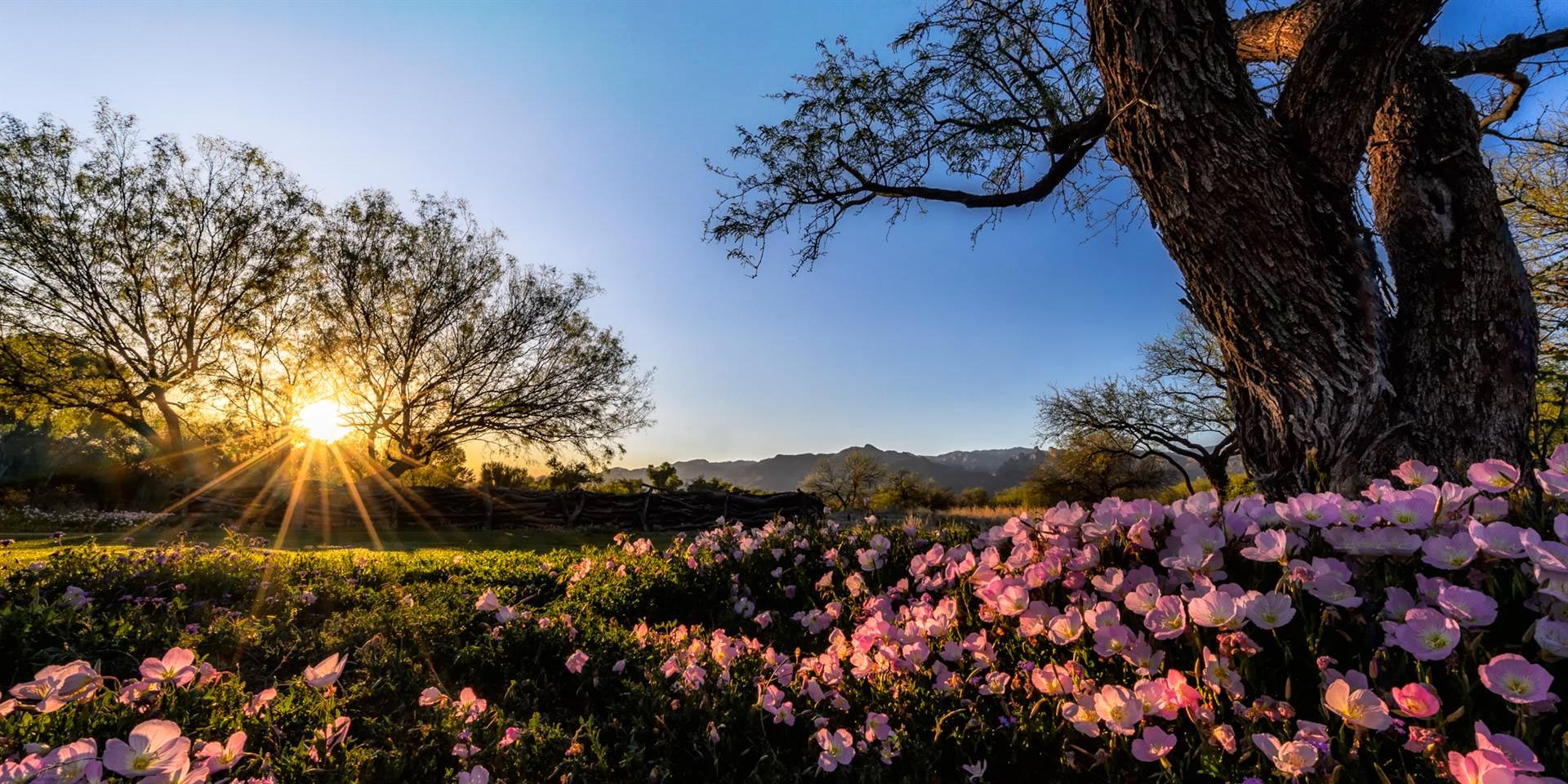Book Review: Attracting Native Pollinators
Posted Apr 25, 2021
Because There is No Such Thing as Too Many Books
By Pam McMillie, Phoenix Chapter Vice President
For those of you who do not know me, I have had a whorl wind tour over the past ten years, moving from homes in the Washington, DC suburb of Fairfax to a farm in rural Orange County, VA, then to San Antonio, TX, and finally here to Phoenix. Throughout these moves, I have found both human and natural friendship in the form of creating pollinator gardens.
I’ve made a million garden mistakes along the way. I still don’t know what I was thinking when I planted Passion vine (Passiflora incarnata) beside my she shed in rural Virginia. Let’s just say ‘exceeds expectations’ is a polite way to say how much that plant grew. The happy side of that accident was the number of Gulf fritillary butterflies I had hanging around the place.
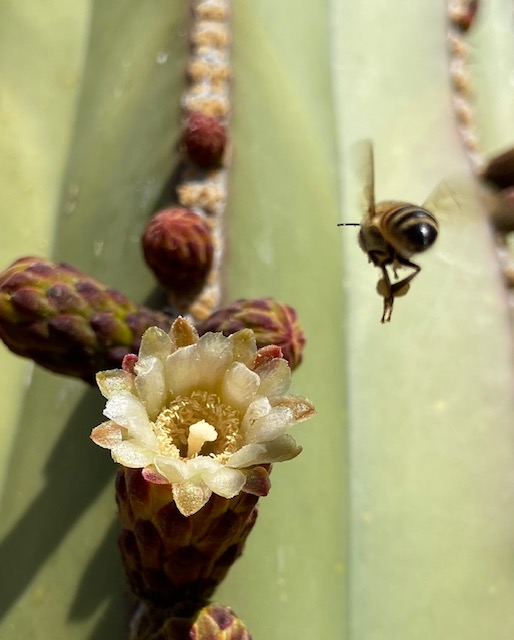
But the more butterflies my garden plants attracted, the more I needed to learn about pollinators in general. I began wondering about the bees I was seeing and marveling at the flies and beetles on my plants. The more plants I installed, the more I would see creatures I’d never paid any mind. So began my descent into symbiotic relationships within plant communities and my questions exploded exponentially.
Fortunately, I found this wonderful book, Attracting Native Pollinators. It is written by The Xerces Society, an environmental organization dedicated to research and support of the role of invertebrates in the environment.
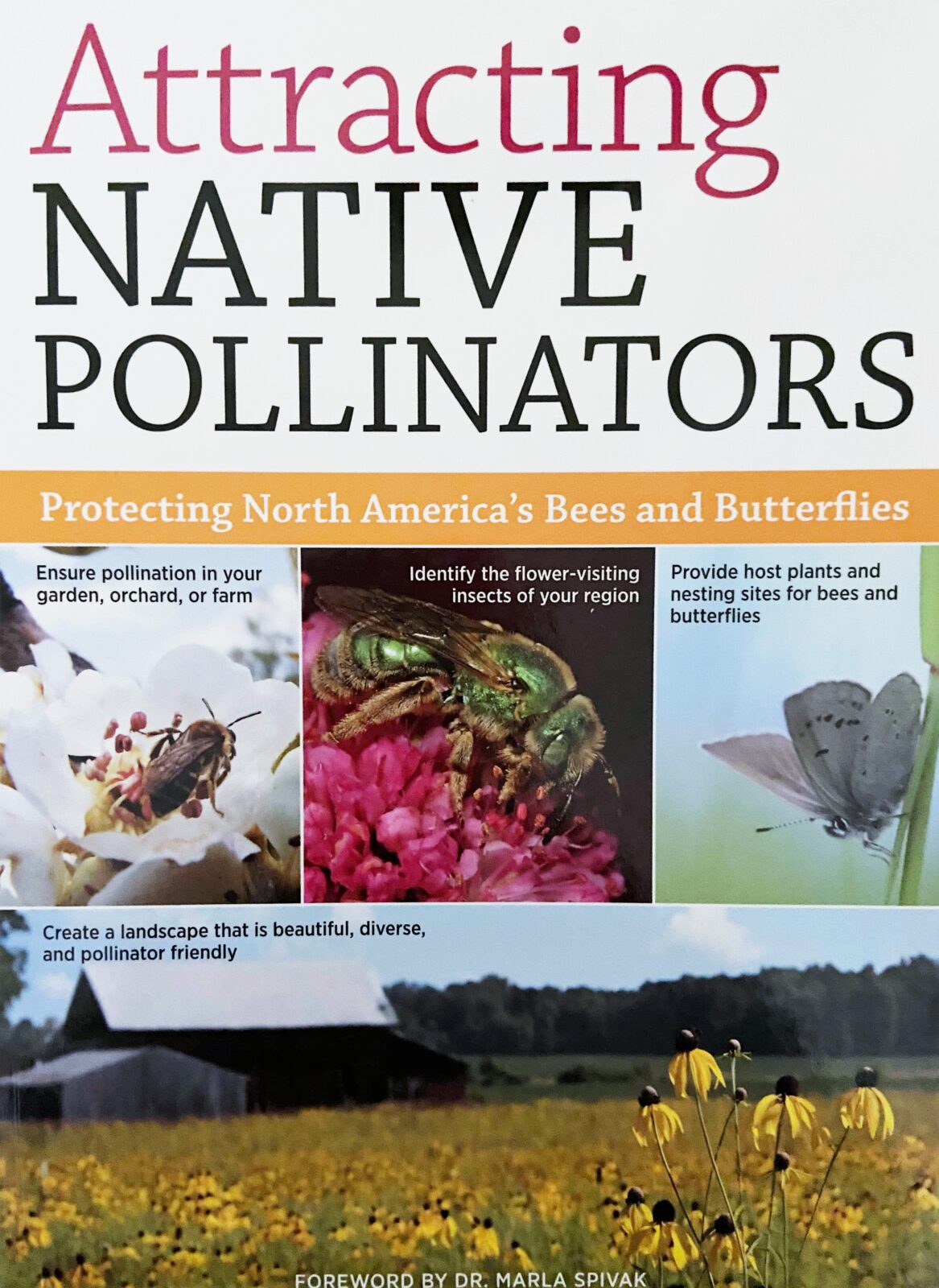
With a text divided into four sections, this book begins with an introduction to the topic of pollinators and pollination, providing an overview of pollinator biology and commentary on several types of bees, flies, butterflies, moths, and beetles. It concludes with the threats pollinators face, to include loss and fragmentation of habitat, climate change, and pesticides/GMO crops.
In part two the authors discuss a number of ways to take action. Home, school, and community gardens are probably of interest to all of us. This portion of the book provides a simple introduction to providing foraging habitats and nesting and overwintering sites. It also includes information on how to help pollinators in natural areas, greenspaces, and farms.
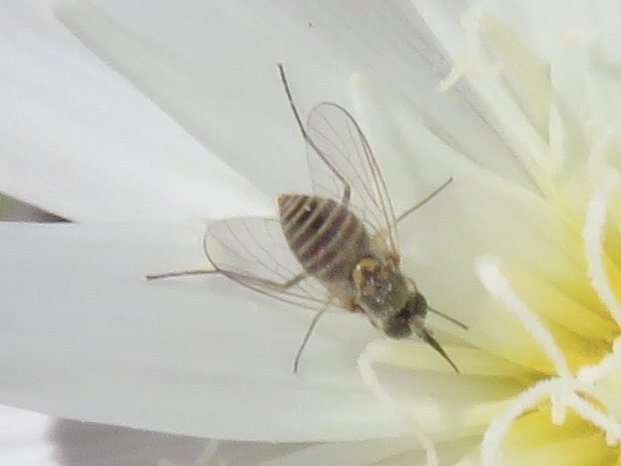
Part three engages the reader in a deeper dive into the bees of North America, discussing bee families and their unique needs.
Finally, in part four, the reader gets some practical advice in creating pollinator-friendly landscapes. I think those of you so inclined to design your own gardens will find these chapters particularly interesting as they provide sample garden plans and recommendations by region for pollinator and butterfly host plants.
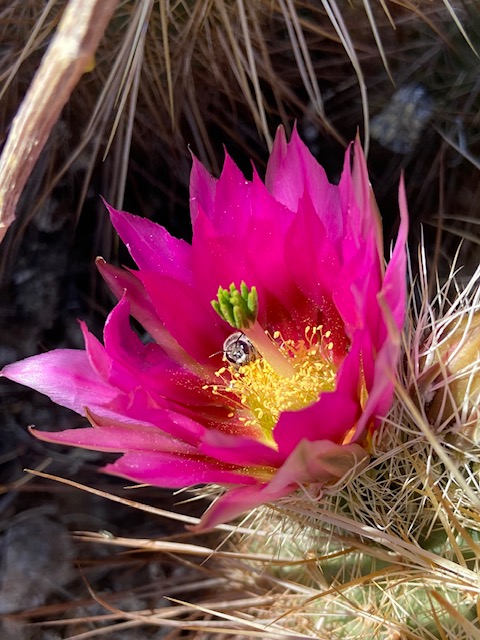
Like all books designed for a wide audience, this book is inclusive of all regions of the United States. It will no doubt inspire you and leave you seeking out more specific information about pollinator-friendly plants native to the many regions of Arizona.
All photo credits: Pam McMillie
Book details:
Title: Attracting Native Pollinators: Protecting North America’s Bees and Butterflies
By Eric Mader, et al. Storey Publishing, 2011. Forward by Marla Spivak.
This book pairs well with the following websites and resources:
The Xerces Society: www.xerces.org
Butterflies and Moths of North America: https://www.butterfliesandmoths.org/species_search
Pollinator.org (especially this PDF: https://www.pollinator.org/PDFs/Guides/AmericanSemiDesert.rx8.pdf)
The Plant Press (Volume 41, Number 1, Summer 2018)

